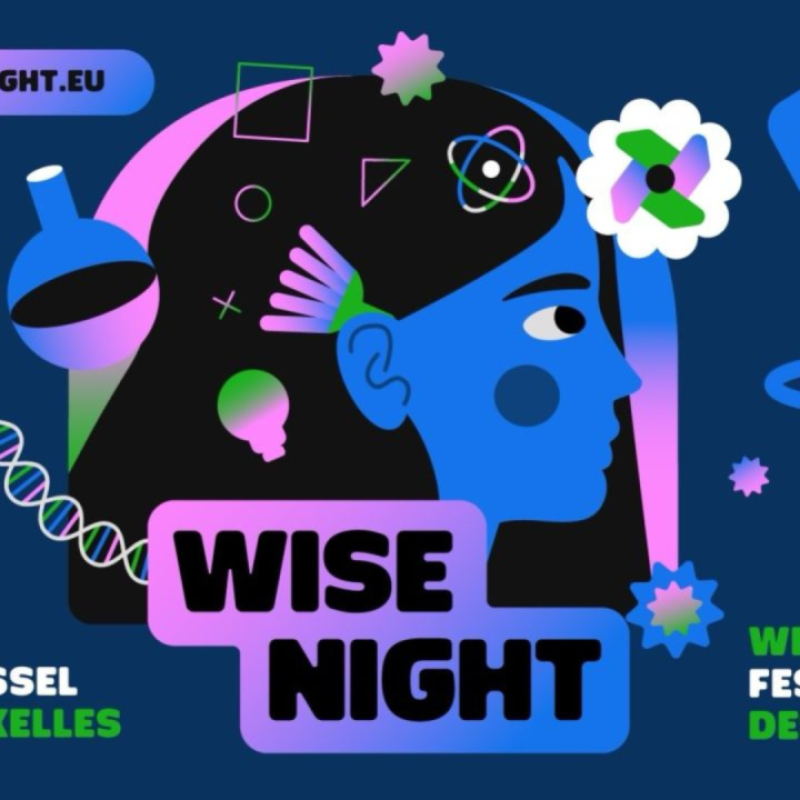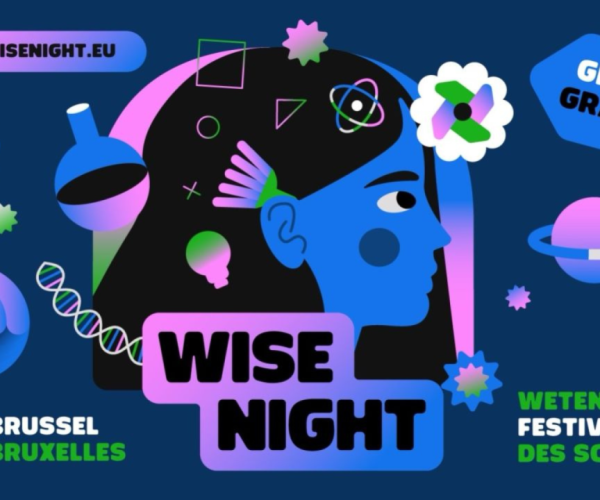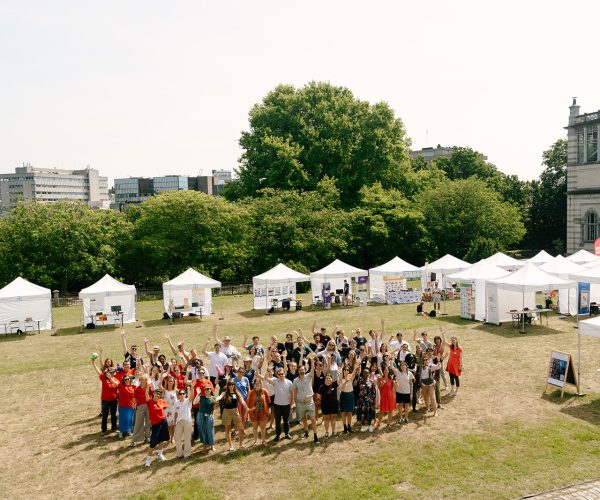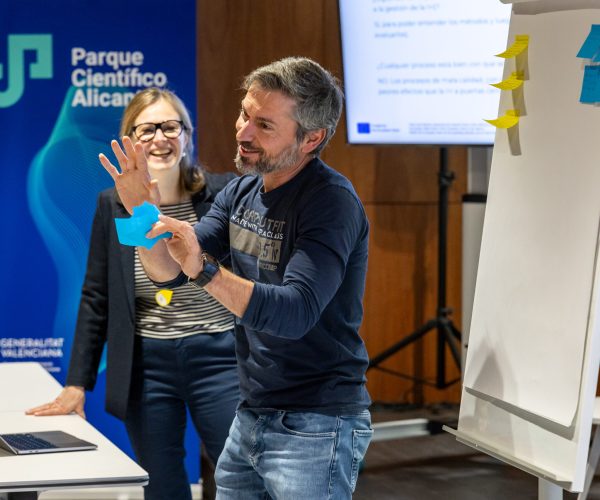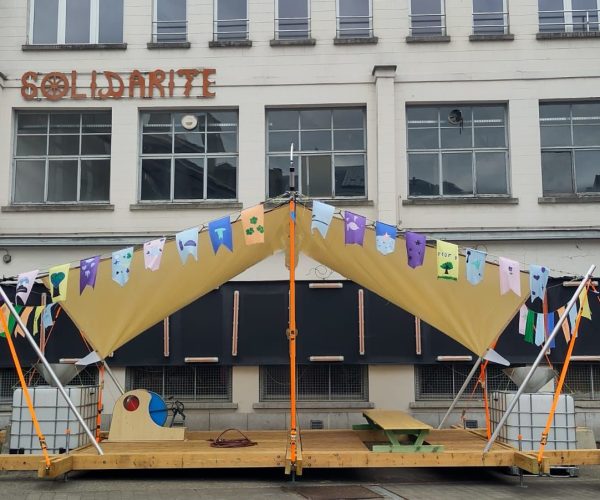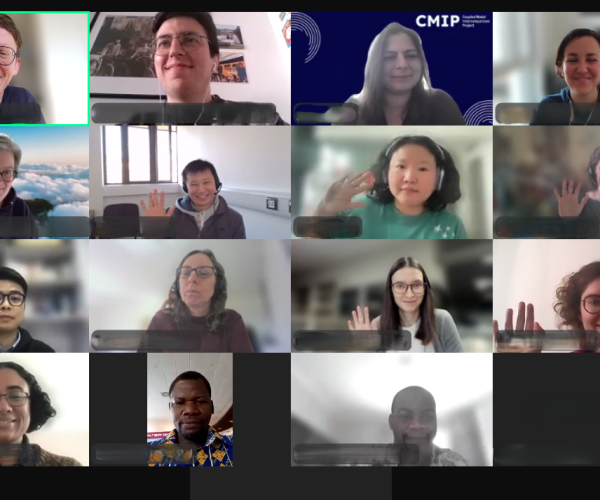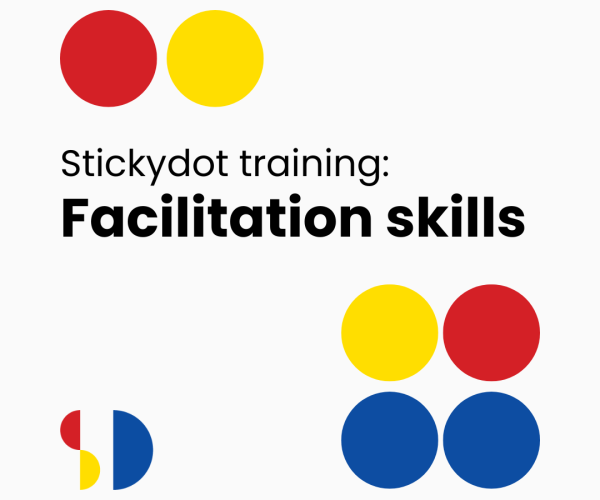Condensing years of expertise into a fast-paced, five-minute pitch is a challenge any researcher can relate to. And when the audience is non-academic, the pressure rises:
“How do I make this engaging?”
“Is this too technical?”
“Am I oversimplifying too much?”
These were the questions on the minds of scientists across Europe this September, as they prepared for the European Researchers’ Night. With thousands of public visitors eager to learn, the stakes (and the potential for impact) were high.
There’s no single “right” way to build a pitch. In fact, the most effective science communicators often have a whole toolkit of different strategies. That’s why the best way to learn is by sharing experiences, challenges, and tips with peers.
And getting people talking is what we do best at Stickydot. As a Hub of the European Competence Centre for Science Communication, we seized the chance to support Belgian researchers gearing up for “Meet Today’s Marie Curie,” a pitching session organised by WiseNight.
We designed a clinic session to create a dedicated space for this exact kind of peer-learning. Our facilitators Alex and Michael guided participants through their specific pitching challenges, fostering a supportive environment for dialogue.
The researchers tackled some common but tricky questions head-on: How do you avoid jargon when even the name of your research field is technical? How do you thoughtfully address the use of animals in experiments?
While each challenge required its own tailored solution, the path to an effective pitch kept circling back to a few core principles of communication. Here are some effective strategies that emerged.
- Lead with what excites you. Sharing your genuine enthusiasm for the subject is infectious and builds an immediate bridge with the audience.
- A good story beats technical perfection. For a public audience, a compelling narrative that captures the essence of your work is far more impactful than relaying every technical detail.
- But don’t throw away EVERY detail. Don’t overlook the fascinating minutiae of your process. Explaining how a key piece of lab equipment works, for instance, might seem trivial to you, but can be the very thing that captivates a public audience.
All in all, it was a fun and insightful couple of sessions. It was exactly the kind of practical, down-to-earth discussion that we love. And a great reminder that behind every complex project is a human story waiting to be told. We’re looking forward to the next one.
